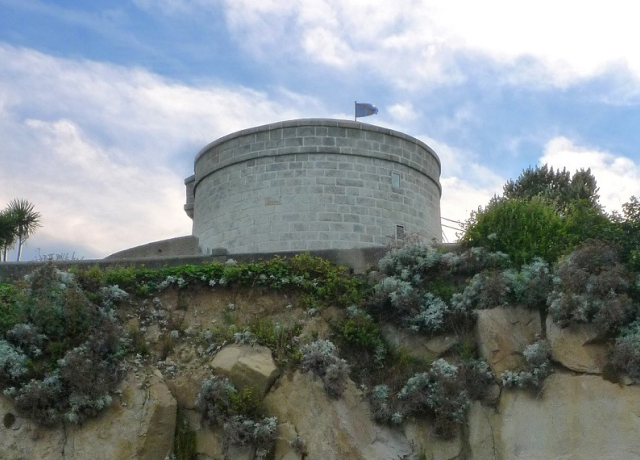Bloomsday Revisited: James Joyce Tower to Reopen During National Heritage Week in August
Bloomsday Revisited: James Joyce Tower to Reopen During National Heritage Week in August
On 16th June, thousands of people around the world celebrate the life and work of Irish writer James Joyce, whose novel "Ulysses" takes place on this date in 1904. Internationally recognised as a historical literary work and one of the most significant novels of modernist literature, "Ulysses" is a widely known story of Dublin and Irish heritage. Chronicling a single day in life of two Irishmen, Leopold Bloom and Stephen Dedalus, the novel depicts their daily lives, thoughts and personal struggles, while making numerous allusions to events from Homer’s Odyssey and Irish history.
To this day, the novel is celebrated as an important account of Irish heritage and a number of events across the country and beyond are organised on 16th June to honour it. The festivities associated with the date are popularly referred to as Bloomsday, after the principal character of the novel. Among the historic sites that honour the event, the James Joyce Tower and Museum open for a five-day Bloomsday Festival which closes on June 16th and represents a major cultural event in Dublin. During the festival, numerous performances, exhibitions and literature readings are organised to celebrate the work of Joyce and the history of this monument.
<iframe width="640" height="360" src="https://www.youtube.com/embed/XhmwpGtqJxM" frameborder="0" allowfullscreen></iframe>
The James Joyce Tower is a Martello tower in Sandycove, Dublin, where the opening scene of the novel "Ulysses" takes place. The historical significance of this place lies in the fact it belongs to a group of defensive forts built across Ireland during the 19th century. Although used only briefly at the beginning of the century, the Martellos still stand to witness Irish history. They represent important monuments and are also popular tourist attractions, especially during Bloomsday celebrations when the James Joyce Tower becomes a focal point.
This year, the James Joyce Tower and Museum will also open their doors during National Heritage Week in Ireland, which takes place in August with a theme of “100 Years of Heritage. As announced on the official website of the site, a special programme will be prepared for this event to present the history of the site.
The visitors will be able to explore the museum whose regular installation includes personal possessions of James Joyce, who spent there six days in 1904. The room where he and his partners slept is set up to resemble the appearance it had at the time Joyce used it, while other items on display include rare editions of his work, a plaster bust of him made by the artist Milton Hebald, as well as two plaster death masks made by the sculptor Paul Speck.
Revisiting the James Joyce Tower and Museum during National Heritage Week is an excellent opportunity to learn more about both the famous author and Irish heritage. Opened on 16th June 1962, eight years after the first Bloomsday celebration, the museum has been welcoming “pilgrims” from all over the world eager to explore the historic monument that is now an important reference in the world’s literature.
